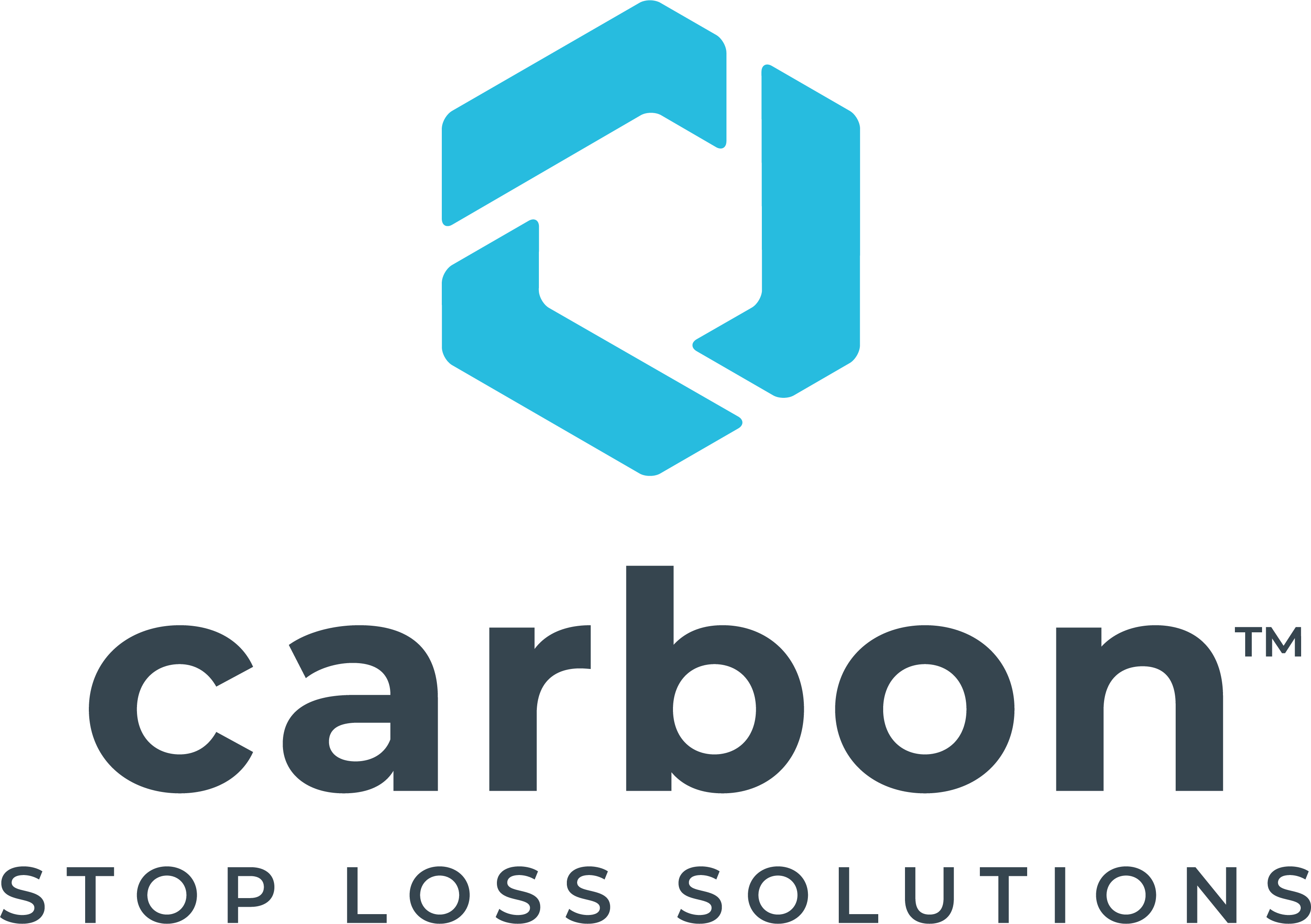5 tips for making the insurance-buying process as painless as possible for nonprofits

The nonprofit sector is undeniably diverse, but one thing many nonprofits and social service organizations share is the challenge of identifying the right insurance policy for their specialized requirements. This is especially true during the upfront stages of applying for and buying insurance, which have the potential to be particularly time-consuming, if not done correctly.
As the leader in nonprofit insurance, Care Providers Insurance Services (CPS) has been offering specialized and comprehensive insurance programs for social service organizations for more than 25 years. During this time, we have worked with brokers and insureds nationwide, helping ensure their customer experience is positive and efficient. Based on decades of experience, these five tips can help make the insurance-buying process as painless as possible for nonprofits.
1. Identify pain points upfront.
Whether it’s claims reviews that are taking too long, not getting the loss control support you need or any other frustration, be sure to describe pain points you’re experiencing to your potential new insurance partner. By having this insight upfront, they can address them head on and build a solution that’s tailored to your specific needs.
2. Ditch the “give us your best price” strategy.
Using this approach, the process will take a lot longer to get where you want to go. Instead, share your target budget from the start. It’s tempting to not want to reveal your hand, but if you’re exploring your options with a trusted provider, doing so doesn’t mean you’ll end up overpaying. It will, however, allow you and your potential partner to work smarter and maximize your budget without needless back and forth.
3. Request options on terms and conditions.
Even with transparency around your budget, it’s a good idea to ask for options on terms and conditions. With a clear picture of the tradeoff between premiums and deductibles laid out, you can efficiently review your financial options and strike the balance that works best for you.
4. Proactively address past claims and preventative measures.
If information isn’t provided about past claims in an application, insurance providers will circle back to ask about them every. single. time. Streamline the process by proactively sharing information about previous claims as well as any preventative measures that have been implemented related to the claim(s), so they can be assessed appropriately.
5. Ask about support resources, such as a dedicated claims management team.
Think beyond the numbers and evaluate insurance providers holistically by inquiring about resources that are in place to support clients, rather than considering them after the fact. For example, at CPS, our dedicated claims management team advocates for clients by doing the appropriate due diligence during the claims process, ensuring claims are processed in a timely manner and that there are no gaps in communication. Save yourself a headache down the line and make sure you have someone working in your best interests.












